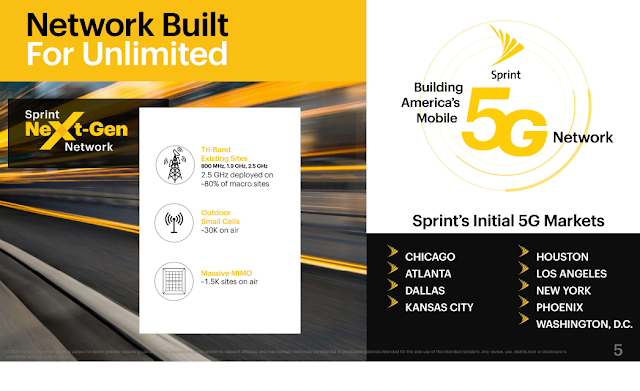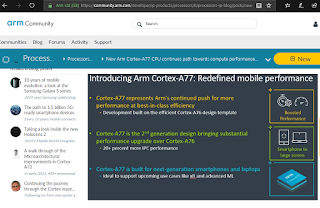Nokia, in collaboration with Telecom Italia (TIM), set a new European record for data transmission over a long-distance backbone network -- a wavelength speed of 550 Gbps carried more than 350 km on TIM's operational network between Rome and Florence. In addition, TIM and Nokia carried a 400G wavelength over 900 km between Rome and Milan, and a 300 Gbps wavelength over 1,750 km.
 The trial used the new Nokia Photonic Service Engine 3 (Nokia PSE-3). TIM'a DWDM backbone is based on the latest generation of Nokia's 1830 Photonic Service Switch. The network is fully automated and currently carries optical signals with a capacity of 100 Gb/s over distances of up to 1,800 kilometers, and 200 Gb/s up to 800 kilometers. The backbone, with a coverage of over 16,000 kilometers of fiber, and connecting to 65 national POPs (Point of Presence), has carried over 9,000 petabytes of data traffic in the last year.
The trial used the new Nokia Photonic Service Engine 3 (Nokia PSE-3). TIM'a DWDM backbone is based on the latest generation of Nokia's 1830 Photonic Service Switch. The network is fully automated and currently carries optical signals with a capacity of 100 Gb/s over distances of up to 1,800 kilometers, and 200 Gb/s up to 800 kilometers. The backbone, with a coverage of over 16,000 kilometers of fiber, and connecting to 65 national POPs (Point of Presence), has carried over 9,000 petabytes of data traffic in the last year.
Elisabetta Romano, Chief Technology & Innovation Officer at TIM, said: "We are proud of this European record which confirms TIM's technological leadership, the high quality of our network, our commitment to develop innovative solutions in order to guarantee the best experience to our customers. Today's result, which triples transmission speed compared to the current one, confirms that TIM's network is the most advanced infrastructure capable of offering new digital services and platforms, also with a view to developing 5G."
https://www.nokia.com/about-us/news/releases/2019/05/30/nokia-and-tim-break-european-record-for-long-distance-data-transmission-over-high-speed-network-laying-groundwork-for-5g/
 The trial used the new Nokia Photonic Service Engine 3 (Nokia PSE-3). TIM'a DWDM backbone is based on the latest generation of Nokia's 1830 Photonic Service Switch. The network is fully automated and currently carries optical signals with a capacity of 100 Gb/s over distances of up to 1,800 kilometers, and 200 Gb/s up to 800 kilometers. The backbone, with a coverage of over 16,000 kilometers of fiber, and connecting to 65 national POPs (Point of Presence), has carried over 9,000 petabytes of data traffic in the last year.
The trial used the new Nokia Photonic Service Engine 3 (Nokia PSE-3). TIM'a DWDM backbone is based on the latest generation of Nokia's 1830 Photonic Service Switch. The network is fully automated and currently carries optical signals with a capacity of 100 Gb/s over distances of up to 1,800 kilometers, and 200 Gb/s up to 800 kilometers. The backbone, with a coverage of over 16,000 kilometers of fiber, and connecting to 65 national POPs (Point of Presence), has carried over 9,000 petabytes of data traffic in the last year.Elisabetta Romano, Chief Technology & Innovation Officer at TIM, said: "We are proud of this European record which confirms TIM's technological leadership, the high quality of our network, our commitment to develop innovative solutions in order to guarantee the best experience to our customers. Today's result, which triples transmission speed compared to the current one, confirms that TIM's network is the most advanced infrastructure capable of offering new digital services and platforms, also with a view to developing 5G."
https://www.nokia.com/about-us/news/releases/2019/05/30/nokia-and-tim-break-european-record-for-long-distance-data-transmission-over-high-speed-network-laying-groundwork-for-5g/
























































